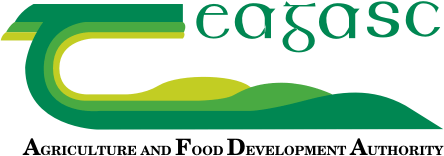Animal Health
All the weanlings have been given a 1 shot vaccination against IBR, and have received their second vaccination of Bovipast which protects them against RSV, Pi3 and Mannheimia. They were also dosed with Albex which treats them for adult liver fluke, lung worms, stomach worms and tape worms. Liver fluke isn’t typically an issue on the farm but rumen fluke can be, so Aonghusa plans to dose selectively for that.
He plans to wean the calves in mid to late September and uses the nose paddles to do so. They are fitted to the calves’ noses and removed after 5-7 days, when the calves are also separated from their cows. He notices that while the cows can be loud, there is less calling from the calves and they thrive on versus weaning them in a shed where their whole environment and diet changes suddenly. They are currently being fed 1.5 kg of ration per head per day at grass.
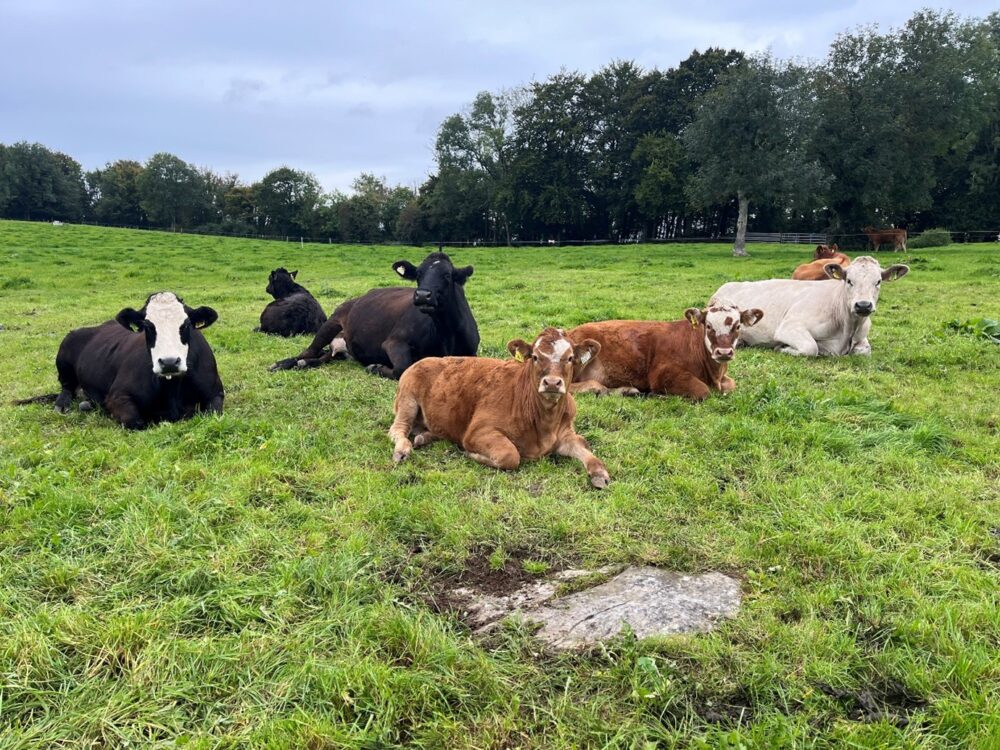
Figure 1: Some of the calves that will be weaned
Animal Nutrition
The 6 finishing cows have been housed and are eating 4kg of ration/head/day of a 13% crude protein ration. They were given an Albex dose at housing which has a short withdrawal period of 14 days and Aonghusa expects to sell them at the end of October. The finishing bullocks are being fed 6kg/head/day of the same ration.
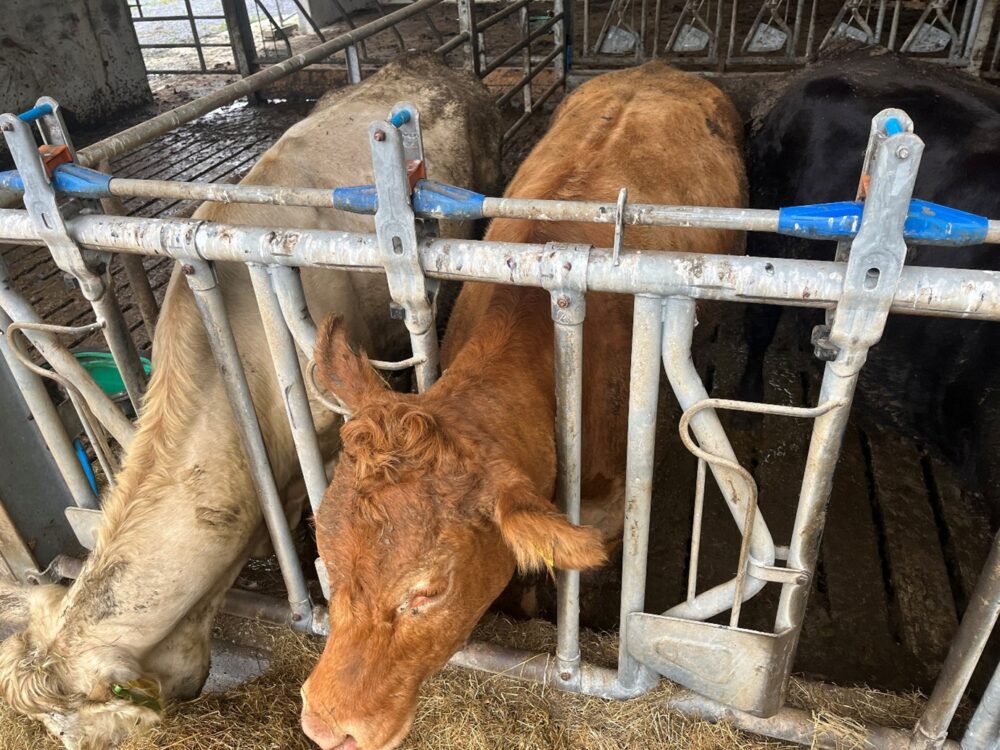
Figure 2: The finishing cows are housed for feeding
As he has the 13% crude protein ration bought, Aonghusa is balancing it with soya bean meal for the housed weanlings. The target percentage protein in a diet for growing weanlings is 14%. It can be calculated as follows;
- Calculate how much they will eat:
- Cattle will eat 2% of their body weight so a 350kg animal will eat 7 kg of dry matter
- Calculate protein in diet:
- 2 kg meal @ 88% DM = 1.76 kg DM x 13% crude protein = 22.88g protein
- Plus 0.23kg soya @ 88% DM = 0.2 kg DM x 48% protein = 9.6g protein
- Plus 5.04 kg DM silage x 14% protein = 70.56g protein
- 88 + 9.6 + 70.56 = 104.04 g protein in diet
- 04g / 7 kg DM = 14.72% crude protein diet
Performance
One cow was sold to the factory on 8th September due to a rectal prolapse. She was 307 kg carcass weight and graded O+3= making €2026.
A heifer was sold through the mart on 4th September for €4.96kg. She weighed 540kg at 2.5 years of age.
Aonghusa weighed all of the cows and calves on the farm on 13th September. The ICBF weaning performance report shows that the bullocks averaged 277kg for their 200 day weight (target 300kg) after gaining 1.16kg/day since birth, and the heifers averaged 266kg (target 250kg) after gaining 1.12 kg/day since birth. The bullocks were castrated with lamb rings shortly after birth, a procedure which Aonghusa has carried out for the last number of years on the farm. It’s less stress and pain for the calves, has no effect on weight gains versus castrating them at 7-8 months of age and saves work and time for Aonghusa.
The top 5 males gained from 1.27 to 1.44 kg/day since birth to 200 days, while the top heifers gained from 1.16 to 1.25 kg/day since birth in the same time.
The bottom bullocks and heifers gained from 0.9 to 1.14 kg/day from birth to 200 days of age.
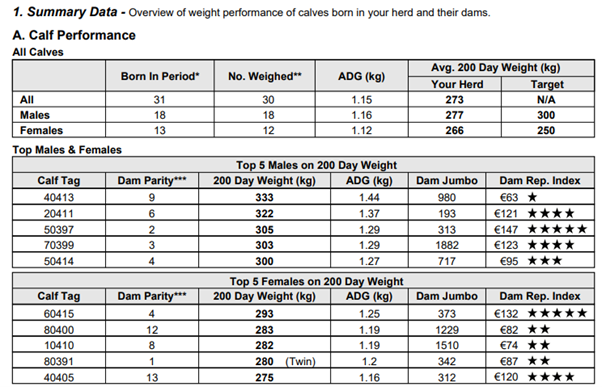
Figure 3: Summary data of 2025 born calves (Source: ICBF weaning performance report)
The average cow live weight in the herd was 595kg. The weaning efficiency is expressed as the calf 200 day weight as a % of the cow weight and is excellent at 46%. The target is 42%. The highest cow had a weaning efficiency of 108% where she reared twins.
Interestingly, the Charolais sired calves had the heaviest 200 day weights while the Angus sired calves had the lowest. However the Angus calves were mainly from heifers and there was a max. of 7 calves born from each sire as 9 different AI bulls were used.
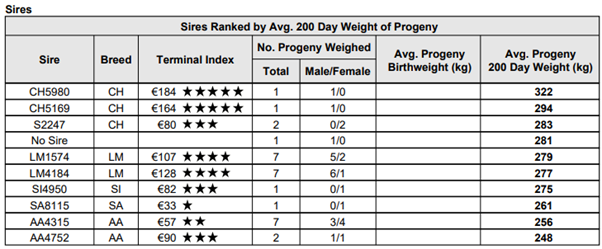
Figure 4: Sires ranked by average 200 day weight of progeny (Source: ICBF weaning performance report)

Figure 5: This Loyal (LM4184) sired bullock had a 200 day weight of 303kg, after gaining 1.29 kg/day since birth
